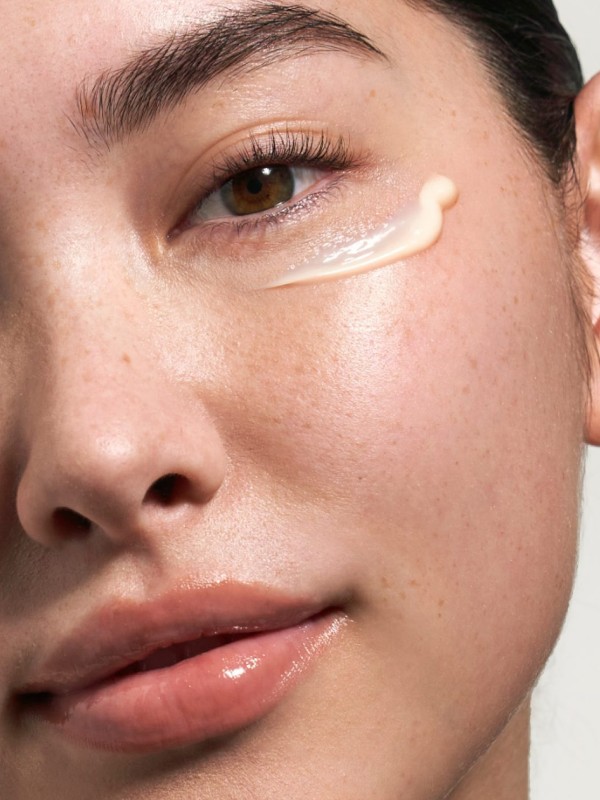Do You Need A Dopamine Detox?
What is dopamine detoxing?
If you find yourself lost without a podcast to listen to on a train journey, can’t stand the thought of running without music or reach for your phone to scroll while keeping one eye on Netflix, the chances are you might benefit from a dopamine detox. A phrase coined to describe an enforced break from unhealthy – and increasingly digitally focused – behaviours that we rely on all too quickly, dopamine detoxing is an effective way to reset and recalibrate.
“Dopamine detoxing, also known as dopamine fasting, involves reducing activities that enhance the release of dopamine, a neurotransmitter associated with pleasure and reward,” says Dr Khurram Sadiq, a neurodevelopmental psychiatrist and clinician at Augmentive. “The goal is to reset and reconfigure the brain's reward centre, particularly the primitive brain, and reduce the tendency for instant gratification.” But while the name might be catchy, Jan Gerber, CEO of Paracelsus Recovery, thinks we need to be careful not to let the term mislead us. “When we call it a dopamine detox, we immediately think we are in the realm of neuroscience. A dopamine detox is actually an effective cognitive behavioural therapy (CBT) technique designed to increase our capacity to sit in discomfort. In other words, if we allow ourselves to feel lonely, bored and uncomfortable, we will feel more resilient, focused and connected to ourselves, which (almost inevitably) has a positive impact on our brain’s reward system.”
How does dopamine work in the brain?
“Dopamine is a neurotransmitter that makes us feel good when we engage in enjoyable activities, such as eating our favourite food, winning a game, or meeting new friends,” explains Khurram. “Similarly, social media, video games, and drugs can significantly enhance the release of dopamine, creating strong memories and associations regulated by the dorsolateral prefrontal cortex. When dopamine levels are increased, the dorsolateral prefrontal cortex eventually reduces dopamine production to maintain balance. Consequently, to achieve the same pleasurable effect, individuals may increase the intensity or dose of activities like using drugs, alcohol, or social media.”
Isn’t dopamine a good thing?
While the release of dopamine is normal, the modern world isn’t totally compatible with what’s considered a healthy dopamine response. “The system has not caught up with our modern world,” agrees Jan. “As a result, we now have countless behaviours and substances that dysregulate it. Too much of it will dysregulate our natural neurochemical system which then leads to ‘dopamine tolerance’. When this happens, it means that we cannot feel satisfied or rewarded with natural dopamine-producing activities. In other words, a run, a healthy meal, time with friends or a professional achievement won’t do much for us anymore in terms of satisfaction. Instead, we find ourselves needing to consume junk food, consume alcohol or drugs, scroll our phones and play video games to feel those much-needed sensations of happiness and peace.”
Constantly seeking out dopamine hits can also impact the long-term health of our brains and cognitive function. “Constant stimulation and the resulting excessive dopamine release can make your brain crave continuous stimulation,” says Khurram. “This can impair the growth and formation of synaptic connections, which are essential for learning and adapting. Interestingly, the brain thrives and develops these connections during periods of low stimulation, such as when we allow ourselves to be bored.”
How can we tell if our hunger for dopamine has become problematic?
If you, or those around you, have started to notice habits that are negatively impacting your personal or professional life and your enjoyment of them, you might need a break. Khurram warns that spending excessive time on dopamine-stimulating activities is the first red flag.
“Constantly checking notifications, scrolling through feeds, and seeking validation through likes and comments can lead to neglecting real-life relationships and responsibilities,” he says. And while social media is often a huge factor, excessive consumption of anything from pornography to alcohol can be problematic. “Compulsive shopping for the thrill of new purchases can result in financial problems and a cluttered living space, along with temporary satisfaction rather than long-term happiness,” adds Khurram. If you need further validation that you might need an enforced break, look at how you feel when you have – and don’t have – access to your usual comforts. “If you feel low, irritable, or overwhelmed when you cannot engage in a quick-fix dopamine activity, that is perhaps the strongest indicator that you are becoming dependent on that activity for dopamine,” suggest Jan. “If you struggle to feel content or happy when you engage in healthy dopamine-releasing activities, that could also be a sign that a dopamine tolerance has built up in you.”
What does a detox look like in practical terms?
Identifying your triggers is the first step. Look at patterns of behaviour and how they make you feel. Then decide what level your detox will take. “Are you going to do a full all-dopamine reset? Or are you going to tackle your biggest dependencies?” says Jan. If, like many of us, your issue is digital, take steps to reduce your screen time. “Limit the time spent on devices such as smartphones, tablets, and computers. Set specific periods during the day when you avoid screens entirely, allowing your brain to rest and reset,” says Khurram. “Decrease or eliminate your use of social media. This can help reduce the constant need for validation and instant gratification that these platforms provide.” To mitigate some of the withdrawal effects, Jan suggests avoiding any activities that could overstimulate your brain’s reward system and instead engage in low-stimulus activities such as reading, walking, meditating, journaling or spending time with loved ones.
Is a short-term detox enough to wean us off bad habits?
“The longer, the better when it comes to rewiring our neurochemistry and creating new habits,” says Jan. “Studies also show that it typically takes 90 days for normal dopamine production to return once the dysregulating substance or behaviour has been removed. However, if you can only do a short-term detox, that will still undoubtedly have more benefits than not doing one at all.” While Khurram agrees, he also advocates the initial detox as being the start of something more long-term, especially if digital devices are your weak spots. “Given how engrossed we are in devices, a long-term change in lifestyle is necessary. This requires discipline to compartmentalise activities and maintain a balanced approach.”
For more information visit Augmentive.io & Paracelsus-Recovery.com
DISCLAIMER: Features published by SheerLuxe are not intended to treat, diagnose, cure or prevent any disease. Always seek the advice of your GP or another qualified healthcare provider for any questions you have regarding a medical condition, and before undertaking any diet, exercise or other health-related programme.
DISCLAIMER: We endeavour to always credit the correct original source of every image we use. If you think a credit may be incorrect, please contact us at info@sheerluxe.com.






